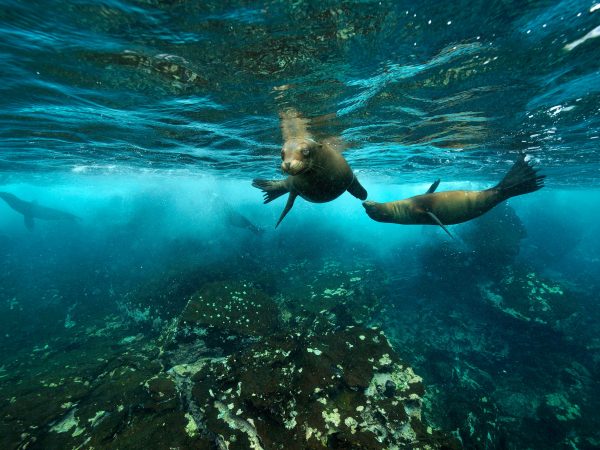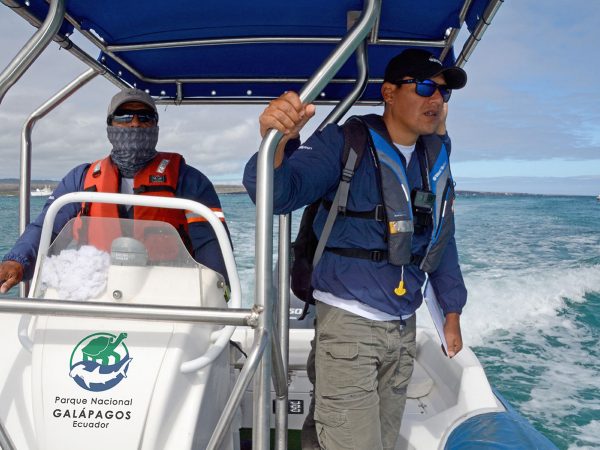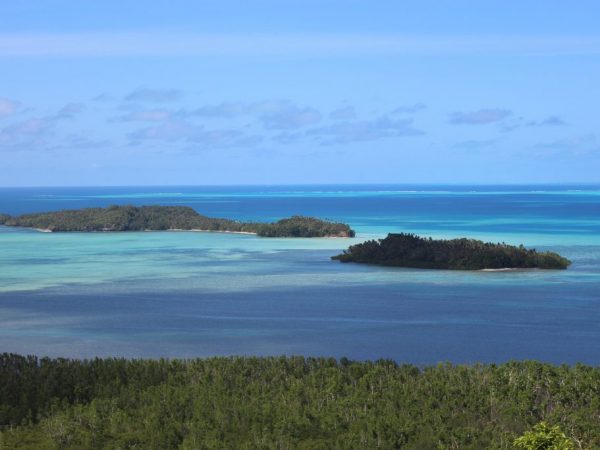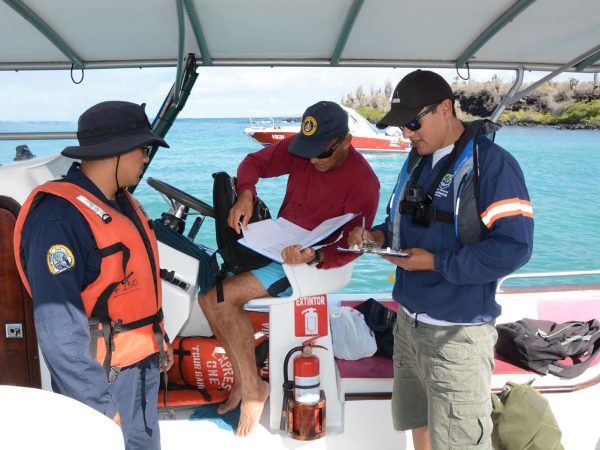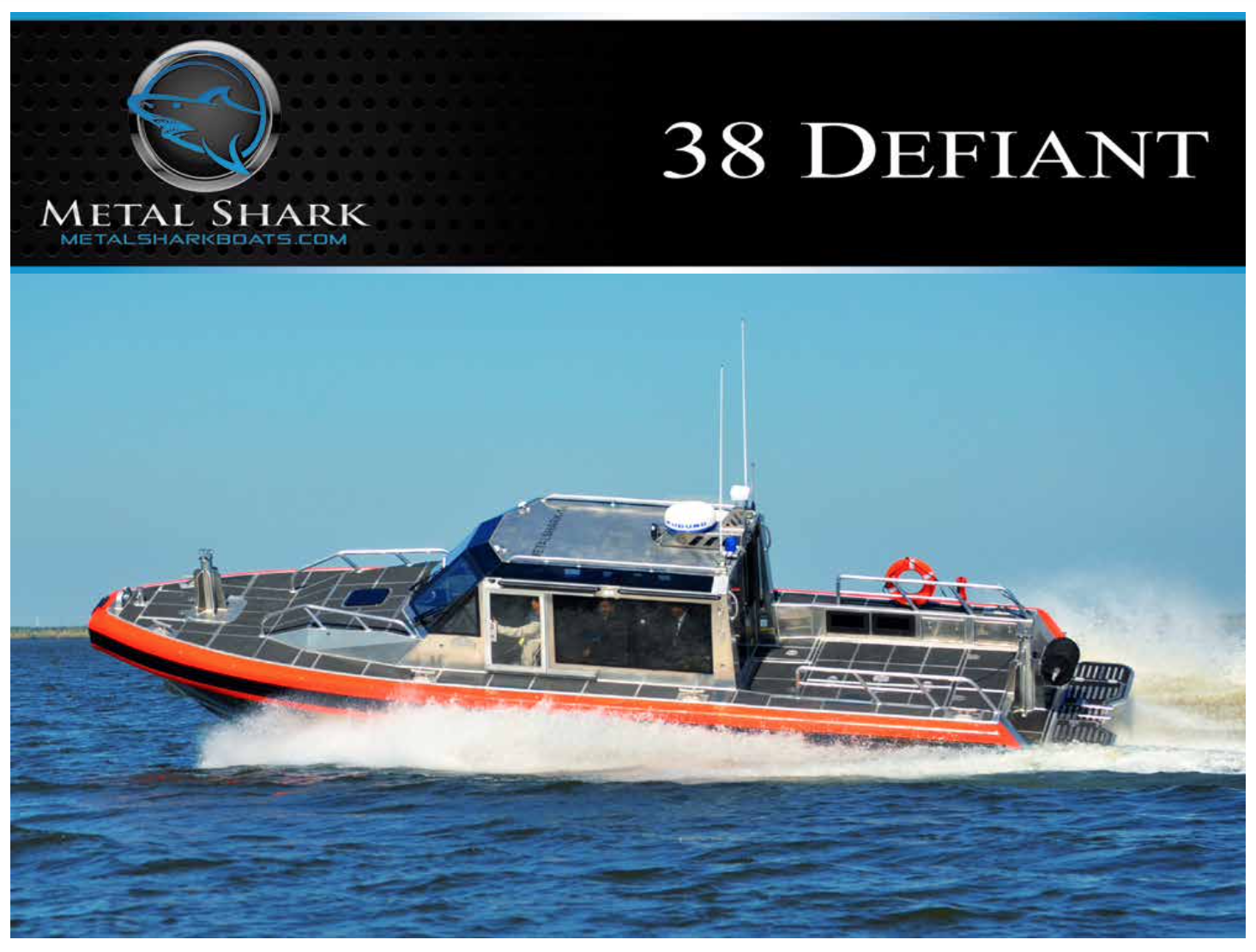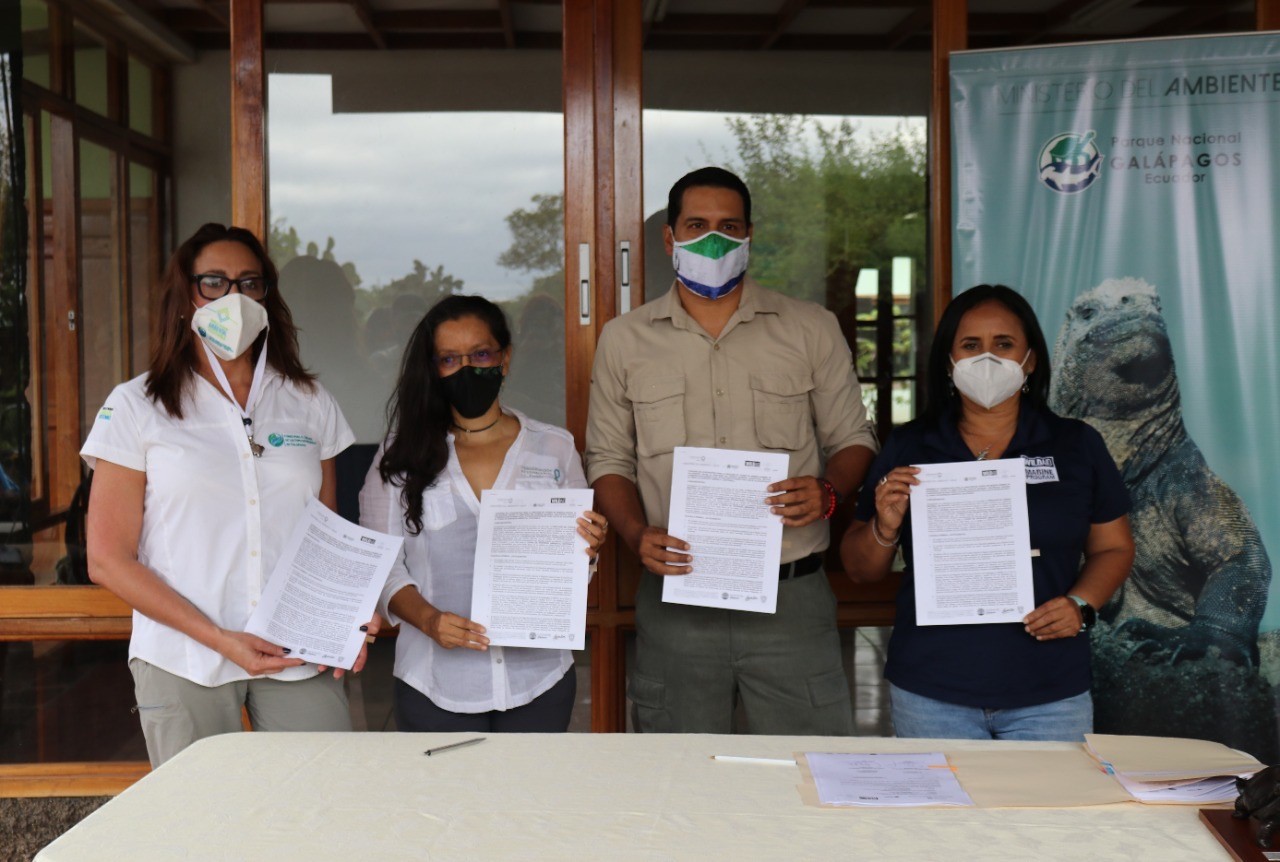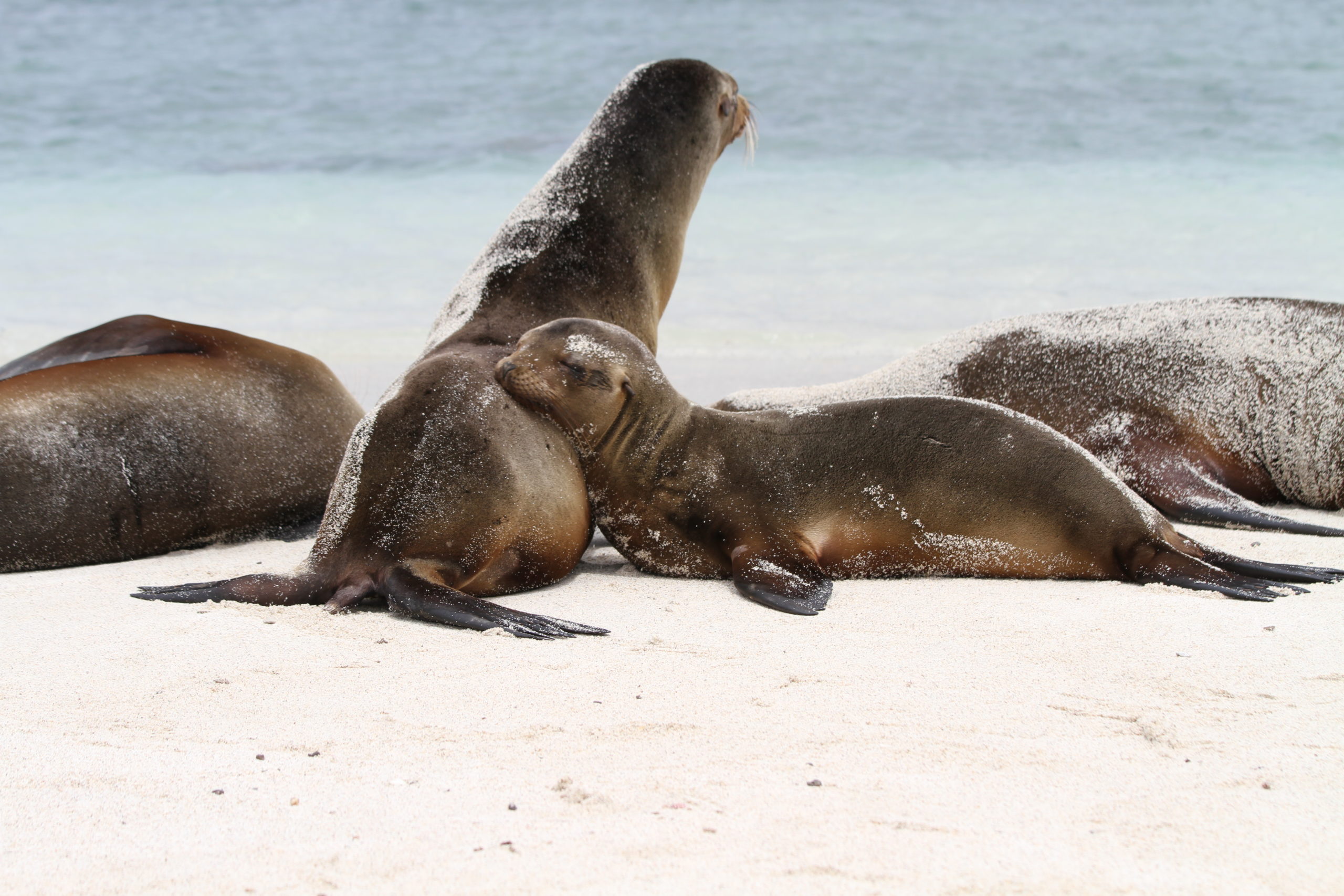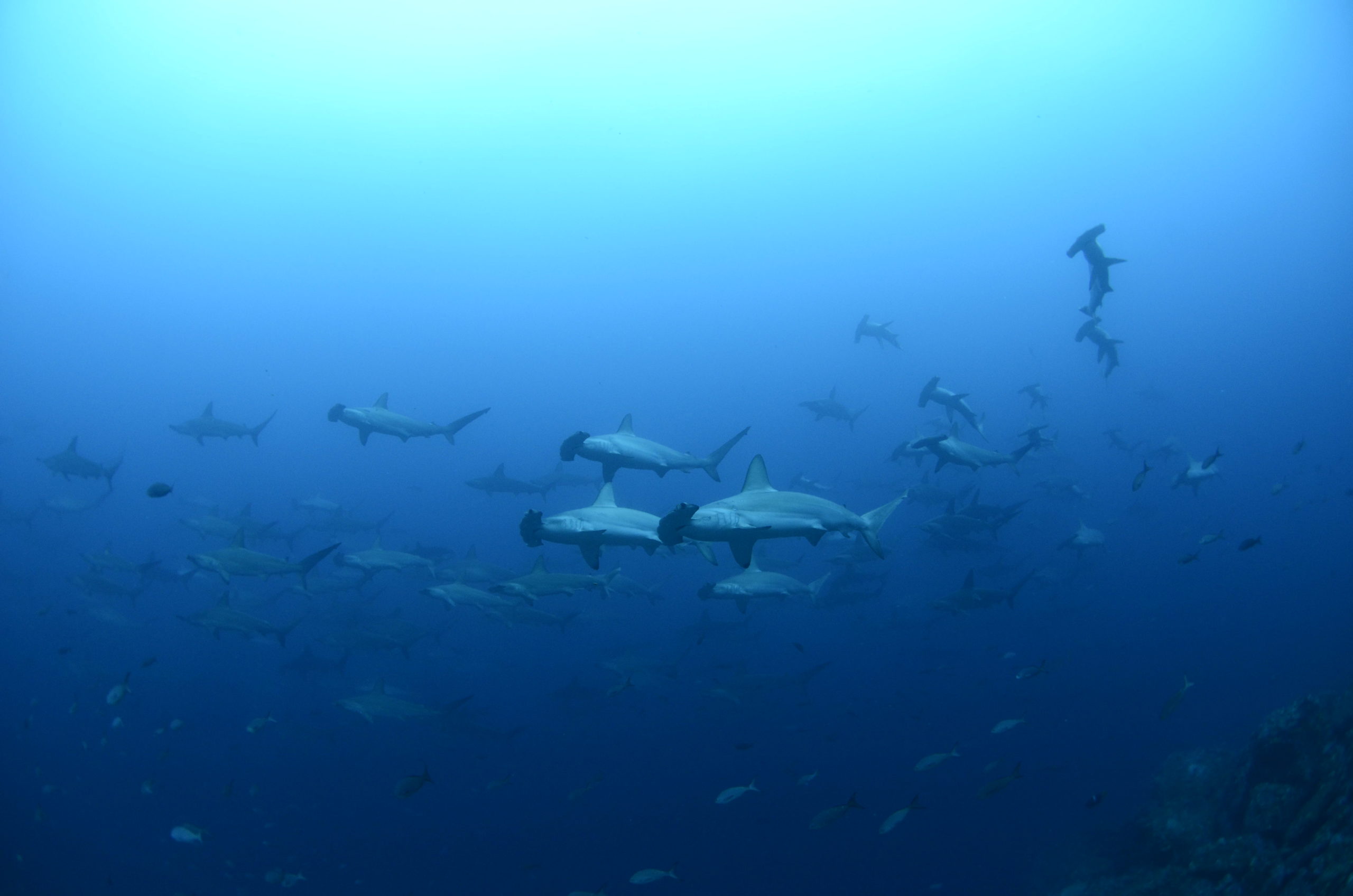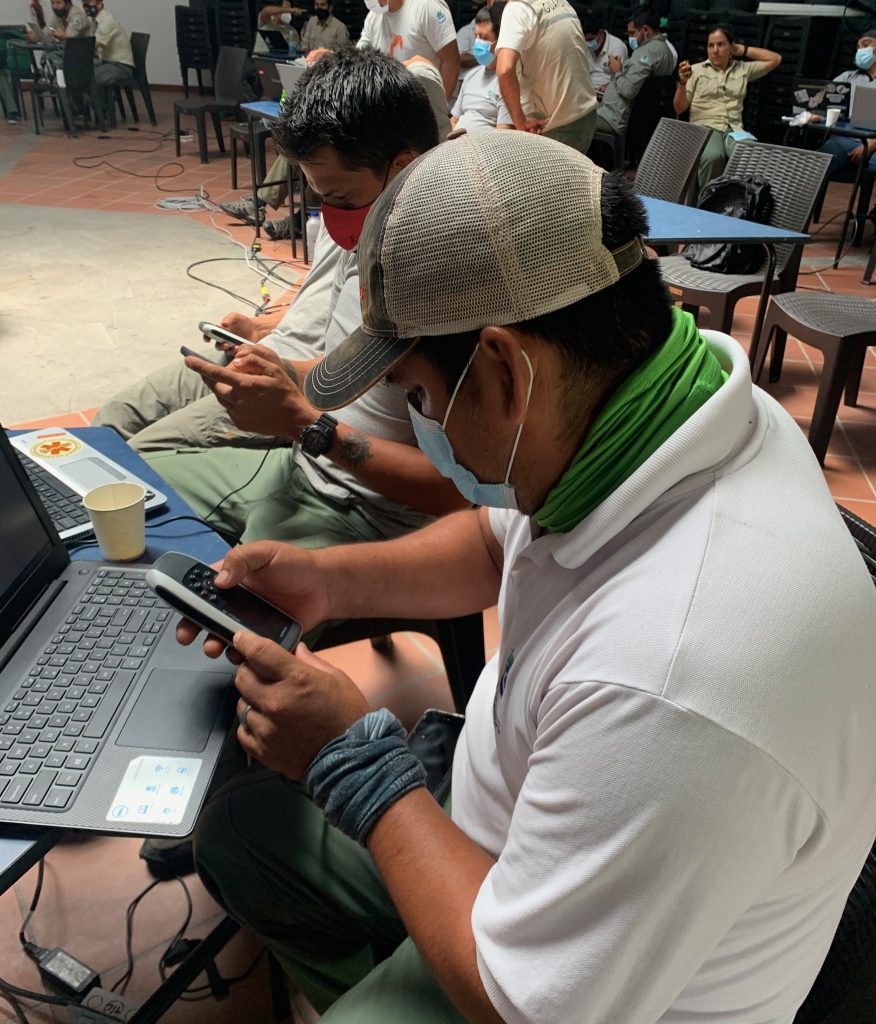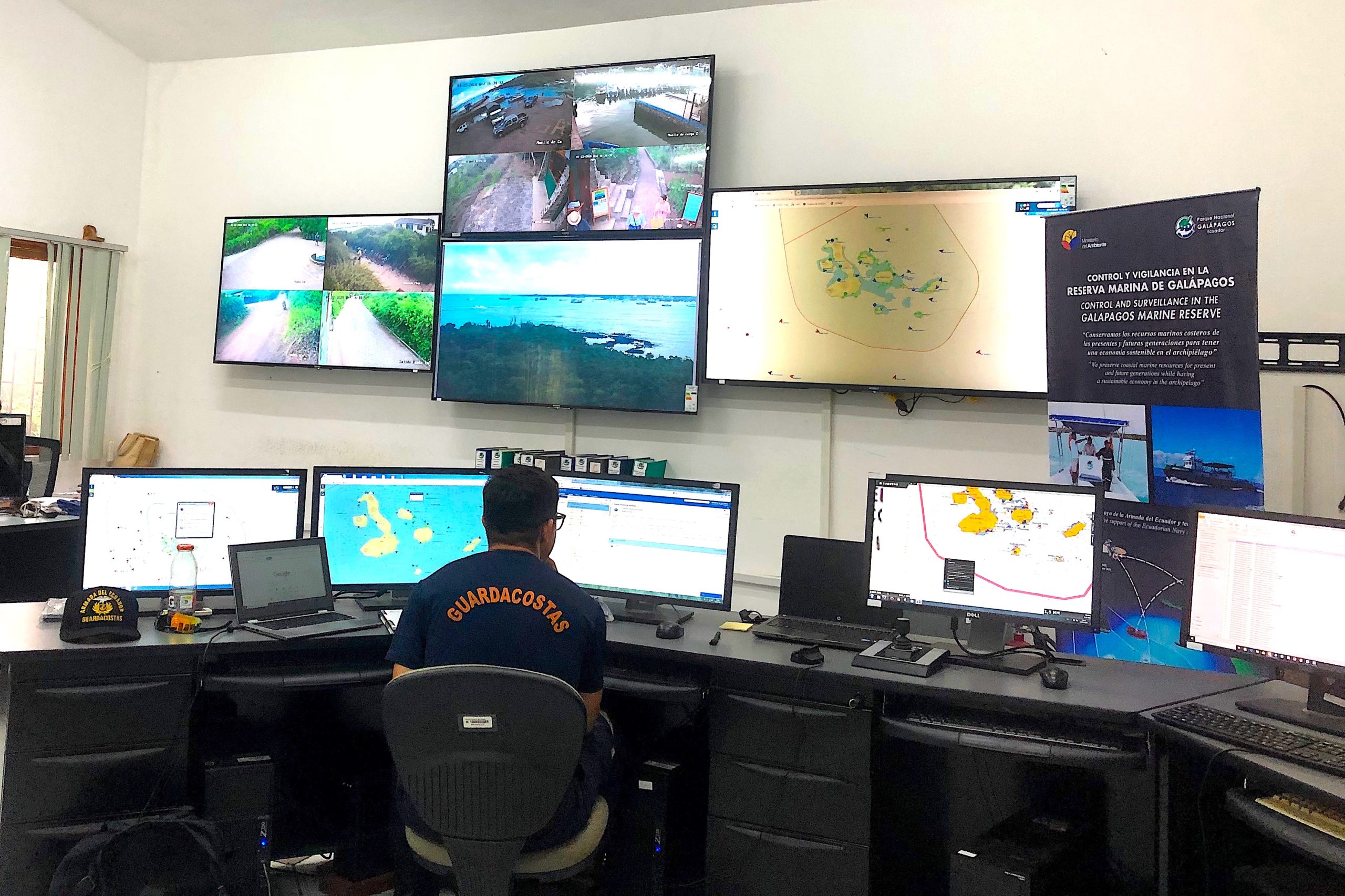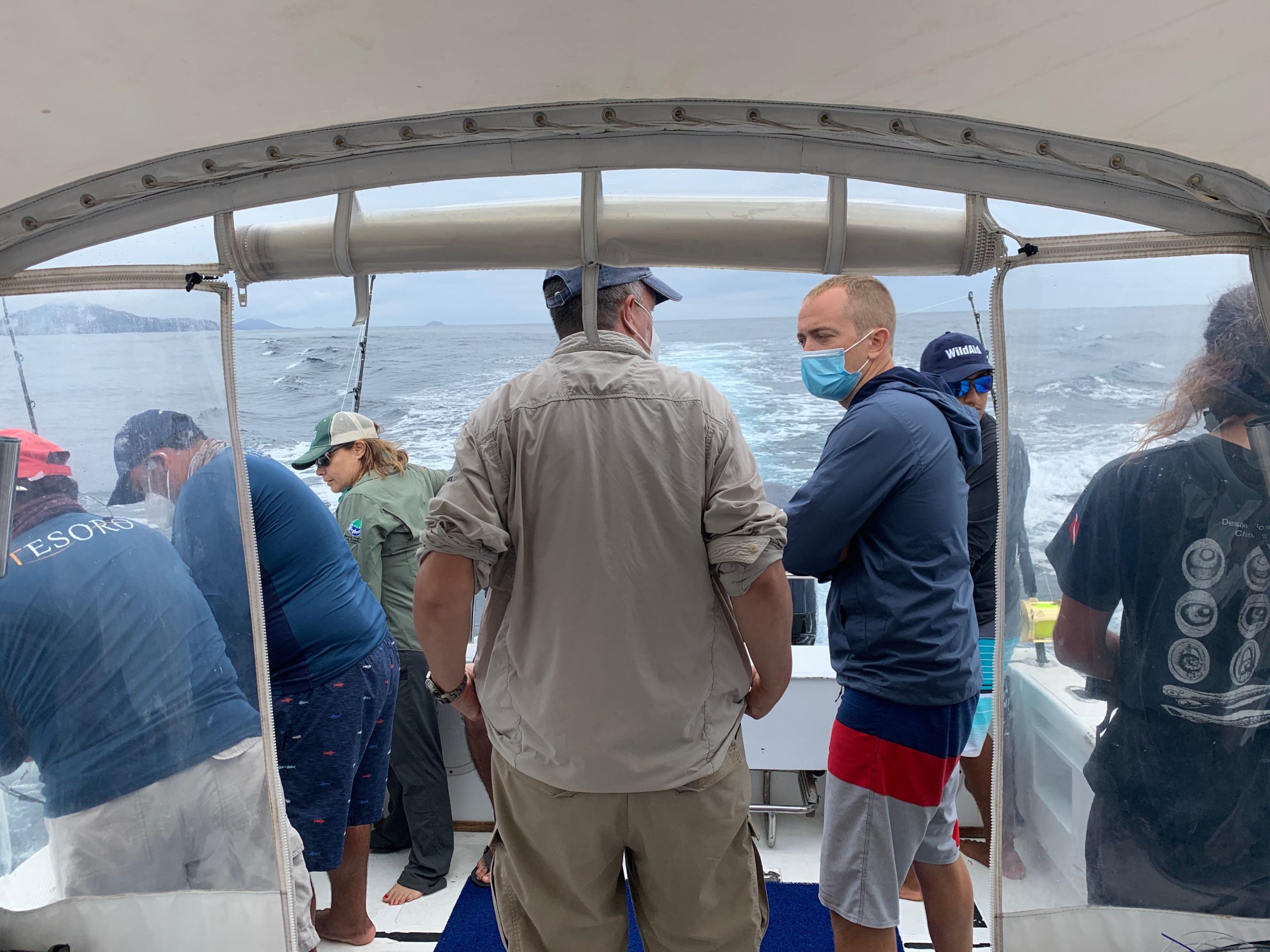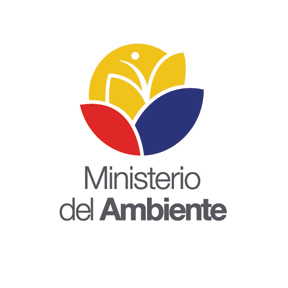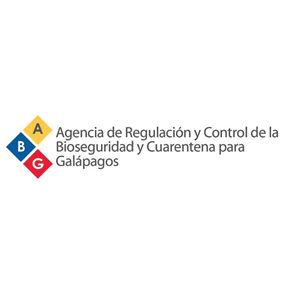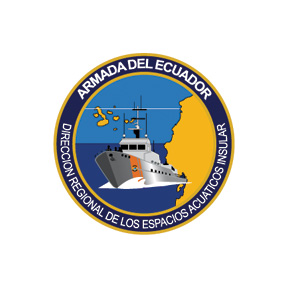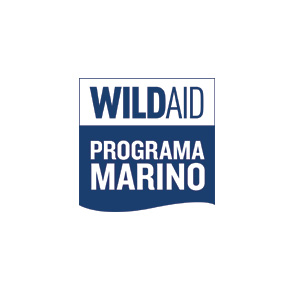Located off the coast of Ecuador, the Galapagos Islands are home to nearly 3,000 marine species; 20% of these are found nowhere else on earth. Its rich marine ecosystems support the concentration and reproduction of various migratory marine species, including 34 shark species, humpback whales, sea turtles, giant manta rays, and endangered hammerhead sharks.
Galapagos
The Project
Home to the Densest Shark Population in the World


The Galapagos Marine Reserve was created in 1998 in response to declining marine populations and only allows small artisanal fishing within dedicated zones. 25,000 people inhabit the islands and depend on a thriving ocean to support the economy via tourism and small-scale fishing.
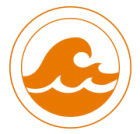
WildAid Marine partnered with the Ecuadorian Ministry of Environment and Galapagos National Park in 2002 to enforce the laws of the Galapagos Marine Reserve and prevent illegal fishing within its borders.
Galapagos: The Challenge
For many years, the Galapagos struggled with extensive illegal fishing, with an estimated 12,000 sharks poached in 2009 alone. Sea cucumbers were nearly decimated after extensive demand from Asian markets led to a complete collapse of the fishery. With limited resources and funding, park rangers were unable to ensure protection of the Reserve.
Our Impact
Putting Our Model Into Action

We helped our partners reach the Regional Leadership stage and develop a comprehensive Marine Protection System Plan for the 51,000 square mile reserve. As a result, the Galapagos now boasts the densest shark population in the world.

We helped procure satellite vessel monitoring systems (VMS and AIS) that can survey 100% of the Reserve, establish patrolling strategies to cover the most threatened areas, and acquire patrol equipment and uniforms. Key sea cucumber and spiny lobster fisheries are now monitored to check population changes and ensure sustainable fishing. Spiny lobster populations continue to increase, due to sustainable fishing quotas. Likewise, the sea cucumber fishery has dramatically increased in population size, but the fishery is not yet recovered and will remain closed until it fully rebounds.

We helped our partners train and certify all rangers and MPA managers, and host peer-to-peer exchanges and regional workshops for other countries in Latin America.

In 2022, together with partners, WildAid helped launch the Galápagos Conservation Fund to create sustainable, long-term financing for enforcement operations in the Galápagos Marine Reserve (GMR). The creation of the fund serves as a model for funding marine protected area enforcement efforts that can be replicated globally. Additionally, WildAid began implementing a Fleet Renewal Plan with new updates to the Galapagos control center and the provision of the first new interceptor vessel in the GMR to strengthen enforcement capacity against illegal fishing vessels.

Sea cucumber and spiny lobster fisheries are now monitored in collaboration with artisanal fishing co-ops to check population changes and ensure sustainable fishing. Both spiny lobster and sea cucumber populations continue to increase due to ongoing fishing quotas and fishery closures.

We helped broker a landmark alliance between the Galapagos National Park and Ecuadorian Navy to conduct joint patrols within the Reserve, which led to successful deterrence of illegal fishing and poaching of sharks. We also conducted joint trainings between Galapagos lawyers and enforcement officials to ensure successful prosecution of environmental crimes and establish a legal database to track all cases.
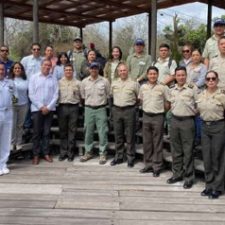
interagency task force created in 2022 to combat wildlife trafficking and illegal fishing in the Galápagos Islands, Ecuador.
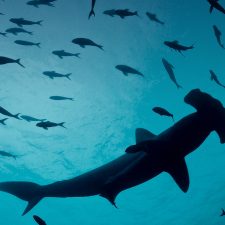
tons of sharks are found in the Galapagos per hectare, making it the densest shark population in the world.
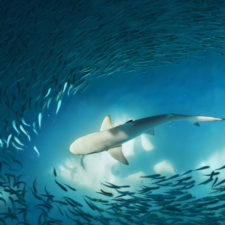
reported shark finning cases within the Galapagos Marine Reserve since 2014.
